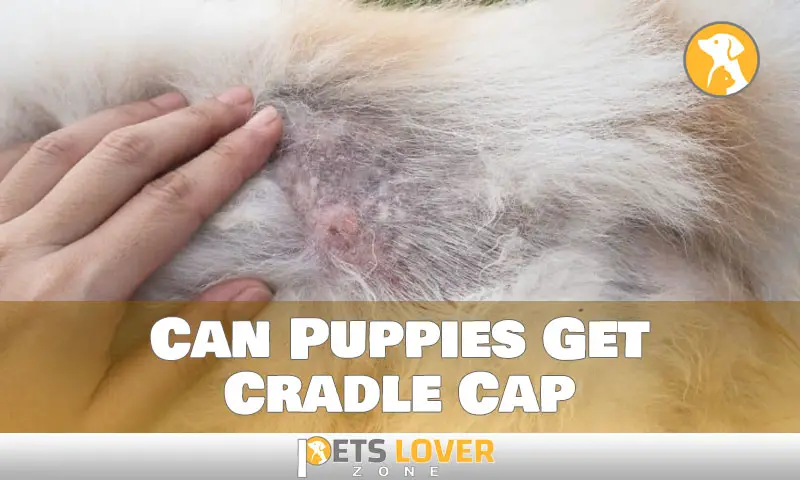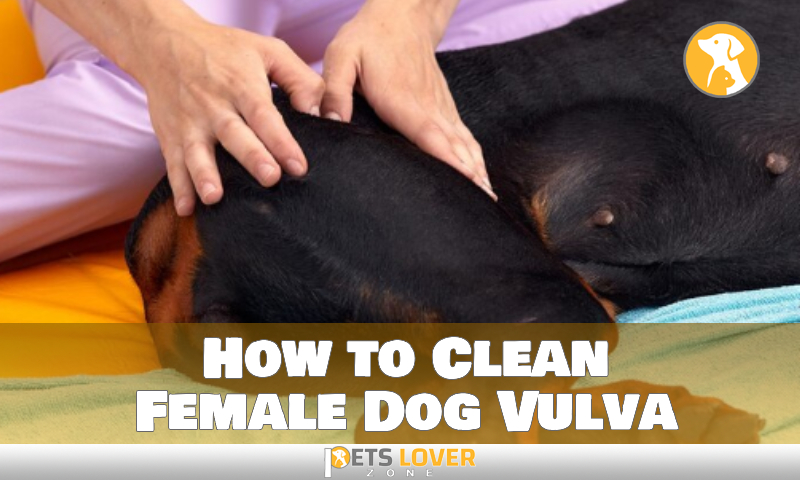Infantile seborrheic dermatitis, popularly known as cradle cap, is a common skin ailment that many newborns experience. Yet as a pet owner, you might be curious as to whether your animal companion can also get this ailment. Cradle caps will be discussed in this post, along with their symptoms, causes, and whether or not your puppy can contract them.
Can cradle caps occur in puppies?
Although puppies can get cradle cap-like conditions, these are not the same as the human condition. This ailment is known as canine seborrhea or puppy dandruff in dogs. A common skin concern known as puppy dandruff is brought on by excessive sebum, the skin’s natural oil. Skin that is constantly flaky, scaly, and occasionally itchy indicates the disorder.
While the signs of cradle cap and puppy dandruff may be comparable, the underlying causes and remedies differ. Take your puppy to the vet for a correct diagnosis and treatment plan if you suspect that they have puppy dandruff. To assist in managing the annoyance and keep your puppy’s skin pleasant and healthy, your veterinarian may suggest using particular shampoos or making nutritional modifications.
Cradle cap symptoms and signs in puppies
Infantile seborrheic dermatitis, sometimes called cradle cap, is a common skin ailment affecting newborns. The symptoms of puppy dandruff, also known as canine seborrhea, which can affect pups, may not be exactly the same as those that affect newborns in humans.
Scaly or flaking skin, redness or inflammation, and a musty odor indicate that a puppy has a cradle cap. With this condition, puppies may constantly scratch or touch their skin, which can result in secondary skin infections. Getting your puppy to the doctor for an appropriate diagnosis and treatment plan is essential if you detect any of these symptoms.
How to identify cradle cap in puppy
In order to identify the underlying cause of the problem, your veterinarian will inspect your puppy’s skin during the examination and may even take skin samples. To discover any fitness issues that might be causing the condition, your veterinarian might also ask you about your puppy’s nutrition and lifestyle.
When diagnosing cradle caps in pups, it’s sometimes necessary to rule out other skin issues, including allergies or infections. Once a diagnosis has been made, your veterinarian can suggest a course of action specifically catered to your puppy’s requirements.
Treating puppies for cradle cap
Managing the underlying cause of the problem is necessary for treating cradle cap or puppy dandruff in pups. Depending on the disease’s severity, treatment options could include dietary adjustments, topical lotions or shampoos, or supplements that promote healthy skin.
To assist in managing symptoms and minimizing inflammation, your veterinarian could suggest using a topical ointment or medicated shampoo. If the problem is more serious, they might also recommend medication to help treat any underlying medical issues that might be causing it.
On the other hand, a high-quality, nutrient-rich diet adjustment or the use of supplements like omega-3 fatty acids to support skin health may also be advised. To ensure your puppy’s skin condition improves and remains under control, it is essential to adhere strictly to the treatment plan.
Risks associated with ignoring cradle caps in puppies
Even while cradle cap and puppy dandruff may not seem like significant conditions, they can put your puppy’s health at risk if left untreated. If the issue is left untreated, the skin may become inflamed and irritated, resulting in secondary skin infections from scratching and rubbing.
Skin infections that go untreated might worsen and compel systemic infections or scars that won’t disappear. Rubbing and scratching can also result in hair loss, making your puppy discomfiting and affecting their self-esteem.
Cradle caps in puppies must be treated to control symptoms and guard against potential health hazards. If you encounter any symptoms of cradle cap to receive an accurate diagnosis and treatment plan.
Natural treatments for puppy cradle cap
You may try various preferences if you’re seeking natural solutions to assist manage cradle cap or puppy dandruff in your puppy. Coconut oil is a natural treatment that you can use to help your puppy. Medium-chain fatty acids, which are abundant in coconut oil and may enhance skin health and reduce inflammation.
Using baking soda and water paste as a topical treatment for the affected areas is another natural cure. Just create a paste by combining baking soda and water in equal amounts. Avoid getting paste in your puppy’s eyes or nose.
The symptoms of your puppy’s cradle cap or puppy dandruff may be effectively managed with natural therapies, but a proper diagnosis and treatment plan needs to be obtained from a veterinarian.
People Also Like: When Do Puppies Claws Become Less Sharp
Conclusion
For your puppy’s general well-being, taking care of its skin and hair is crucial. Skin disorders like cradle cap or puppy dandruff can be prevented and treated with routine veterinary care, healthy eating, and grooming. You can keep your puppy content, healthy, and comfortable by giving attention to their skin and hair.






